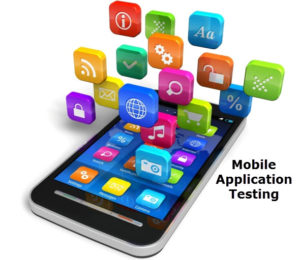- May 02, 2022
- admin
- 0
Localization testing plays major role when your mobile application is developed to support multiple languages. Today, most applications are designed for global use. Attention to languages, time zones, and other regional indices are very important. When someone changes the time zone, it is important to check the functionality of the application. It must be borne in mind that sometimes Western designs may not be suitable for Eastern audiences, and vice versa.
Example of a localization test case:
• When using mobile applications (or languages other than English) with different languages, make sure there are no user interface or data truncation issues.
• Verify that your mobile application correctly handles time zone changes.
How to perform Localization Testing:
First, you need a testing environment that includes multiple virtual devices and different screen sizes (Testing on iOS: you can use different iPhone Simulators or different versions of iPhones/iPads). These will vary depending on the markets you decide to target—do your research so you don’t waste valuable testing time.
Testers with bilingual testing experience, will go through your app in detail. Give them a test plan so they know exactly what they need to look at. They will be able to find things such as UI display issues, line wrapping, breaks in sentences and strings, incorrect layout, and any text that hasn’t been translated. They also will likely catch any translation errors. They’ll provide these bugs in a report so you can fix them before you go live.
Ideally, you would have your testers work on the actual device, but you can also test through screen shots, emulators, or a staging server.
Localization issues with Arabic Language:
Mobile application localization needs specific to MENA (Middle East / North Africa) region.
Most mobile applications today do not support Arabic encoding and Right-to-Left text support.
Mobile apps with Arabic UI will be increasing rapidly as smart phones (iPhone and BlackBerry currently the regions market leads for smart phones) are growing in the Arabic market. Smart phones will have 50% market share in the region by 2015 for mobile devices.
iPhone, BlackBerry, Android support Arabic reading and typing. Google is working on native Arabic support for Android; it’s coming soon, but no date has been set yet.
Google has promised that they are developing a paid Android Market for the MENA region, as a free app market is already available.
Mobile application usage and downloads in the Arab world: 50% is from Nokia, 30% from Apple phones.
The number one mobile broadband community in the world is Saudi Arabia.
Learn about other Mobile app testing techniques ..




